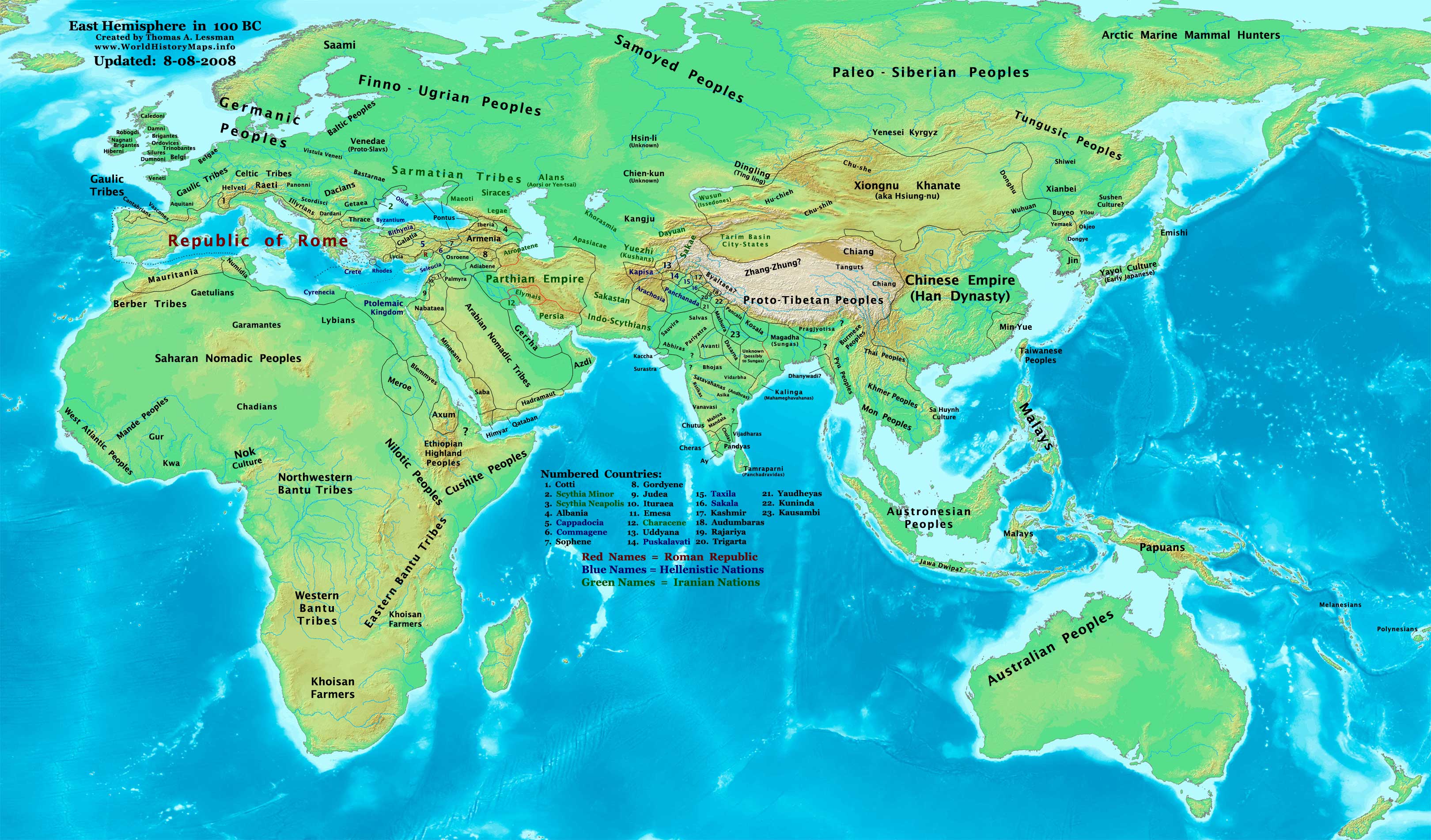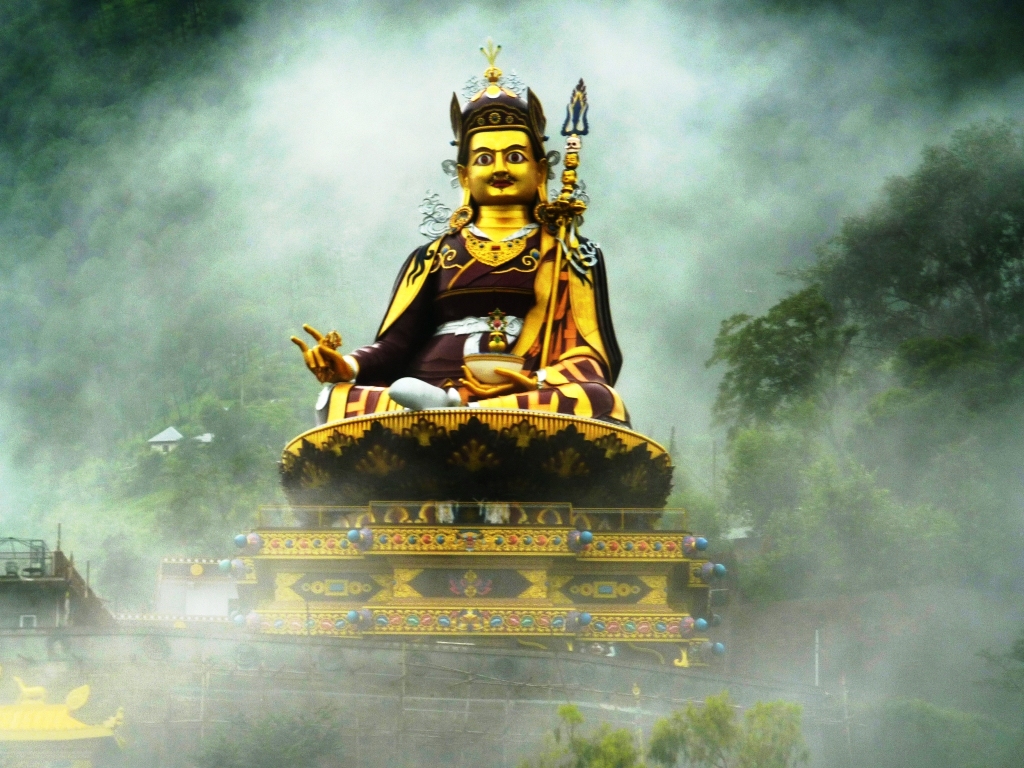|
Oddiyana
(also: ''UßĖŹßĖŹiy─üna'', ''UßĖŹßĖŹ─üy─üna'' or ''Udy─üna'', Sanskrit: ÓżōÓżĪÓźŹÓżĪÓż┐Óż»ÓżŠÓż©, ÓżēÓżĪÓźŹÓżĪÓż┐Óż»ÓżŠÓż©, ÓżēÓżĪÓźŹÓżĪÓżŠÓż»ÓżŠÓż©, ÓżēÓż”ÓźŹÓż»ÓżŠÓż©; , , mn, ę«čƹȹĖąĮ ''urkhin''), was a small region in early medieval India, in present-day Swat District of modern-day Pakistan.ŌĆśUßĖŹßĖŹiy─üna and KashmirŌĆÖ, pp 265-269 ŌĆśThe ┼Üaiva Exegesis of KashmirŌĆÖ, in M├®langes tantriques ├Ā la m├®moire dŌĆÖH├®l├©ne Brunner. Tantric Studies in Memory of H├®l├©ne Brunner, Collection Indologie 106, EFEO, Institut fran├¦ais de Pondich├®ry (IFP), ed. Dominic Goodall and Andr├® Padoux, 2007.) An alternate theory places its location in what is now the modern Indian state of Odisha, though this is improbable. It is ascribed importance in the development and dissemination of Vajray─üna Buddhism. It was also called as ŌĆ£the paradise of the ßĖī─ükin─½sŌĆØ. Tibetan Buddhist traditions view it as a Beyul (Tibetan: ÓĮ”ÓŠ”ÓĮ”Ó╝ŗÓĮĪÓĮ┤ÓĮŻ, Wylie: sbas-yul), a legendary heavenly p ... [...More Info...] [...Related Items...] OR: [Wikipedia] [Google] [Baidu] |
Padmasambhava
Padmasambhava ("Born from a Lotus"), also known as Guru Rinpoche (Precious Guru) and the Lotus from OßĖŹßĖŹiy─üna, was a tantric Buddhist Vajra master from India who may have taught Vajrayana in Tibet (circa 8th ŌĆō 9th centuries)... According to some early Tibetan sources like the ''Testament of Ba'', he came to Tibet in the 8th century and helped construct Samye Monastery, the first Buddhist monastery in Tibet. However, little is known about the actual historical figure other than his ties to Vajrayana and Indian Buddhism. Padmasambhava later came to be viewed as a central figure in the transmission of Buddhism to Tibet. Starting from around the 12th century, hagiographies concerning Padmasambhava were written. These works expanded the profile and activities of Padmasambhava, now seen as taming all the Tibetan spirits and gods, and concealing various secret texts ('' terma'') for future tert├Čns. Nyangral Nyima ├¢zer (1124ŌĆō1192) was the author of the ''Zangling-ma'' (Jew ... [...More Info...] [...Related Items...] OR: [Wikipedia] [Google] [Baidu] |
Gandhara
Gandh─üra is the name of an ancient region located in the northwestern region of the Indian subcontinent, more precisely in present-day north-west Pakistan and parts of south-east Afghanistan. The region centered around the Peshawar Valley and Swat river valley, though the cultural influence of "Greater Gandhara" extended across the Indus river to the Taxila region in Potohar Plateau and westwards into the Kabul Valley in Afghanistan, and northwards up to the Karakoram range. Gandhara has a deep rooted history of Hinduism mentioned in Indian scripts and epics including Rig Veda, Ramayana and Mahabharata. Famed for its unique Gandharan style of art which is influenced by the classical Hellenistic styles, Gandhara attained its height from the 1st century to the 5th century CE under the Kushan Empire, who had their capital at Peshawar (''Puruß╣Żapura''). Gandhara "flourished at the crossroads of India, Central Asia, and the Middle East," connecting trade routes and absor ... [...More Info...] [...Related Items...] OR: [Wikipedia] [Google] [Baidu] |
Dharmaguptaka
The Dharmaguptaka (Sanskrit: Óż¦Óż░ÓźŹÓż«ÓżŚÓźüÓż¬ÓźŹÓżżÓżĢ; ) are one of the eighteen or twenty early Buddhist schools, depending on the source. They are said to have originated from another sect, the Mah─½┼ø─üsakas. The Dharmaguptakas had a prominent role in early Central Asian and Chinese Buddhism, and their Pr─ütimokß╣Ża (monastic rules for bhikß╣Żus and bhikß╣Żuß╣ć─½s) are still in effect in East Asian countries to this day, including China, Vietnam, Korea, and Japan as well as the Philippines. They are one of three surviving Vinaya lineages, along with that of the Therav─üda and the M┼½lasarv─üstiv─üda. Etymology ''Guptaka'' means "preserver" and ''dharma'' "law, justice, morality", and, most likely, the set of laws of Northern Buddhism. Doctrinal development Overview The Dharmaguptakas regarded the path of a ┼ør─üvaka (''┼ør─üvakay─üna'') and the path of a bodhisattva (''bodhisattvay─üna'') to be separate. A translation and commentary on the ''Samayabhedoparacanacakr ... [...More Info...] [...Related Items...] OR: [Wikipedia] [Google] [Baidu] |
Swat District
Swat District (, ps, ž│┘łž¦ž¬ ┘ł┘äž│┘łž¦┘ä█Ź, ) is a district in the Malakand Division of Khyber Pakhtunkhwa, Pakistan. With a population of 2,309,570 per the 2017 national census, Swat is the 15th-largest district of Khyber Pakhtunkhwa province. Swat District is centered on the Valley of Swat, usually referred to simply as Swat, which is a natural geographic region surrounding the Swat River. The valley was a major centre of early Buddhism under the ancient kingdom of Gandhara, and was a major centre of Gandharan Buddhism, with pockets of Buddhism persisting in the valley until the 10th century, after which the area became largely Muslim. Until 1969, Swat was part of the Yusafzai State of Swat, a self-governing princely state that was inherited by Pakistan following its independence from British rule. The region was seized by the Tehrik-i-Taliban in late-2007 until Pakistani control was re-established in mid-2009. The average elevation of Swat is , resulting in a consid ... [...More Info...] [...Related Items...] OR: [Wikipedia] [Google] [Baidu] |
Faxian
Faxian (µ│ĢķĪ» ; 337 CE ŌĆō c. 422 CE), also referred to as Fa-Hien, Fa-hsien and Sehi, was a Chinese Buddhist monk and translator who traveled by foot from China to India to acquire Buddhist texts. Starting his arduous journey about age 60, he visited sacred Buddhist sites in Central, South and Southeast Asia between 399 and 412 CE, of which 10 years were spent in India. He described his journey in his travelogue, ''A Record of Buddhist Kingdoms'' (''Foguo Ji'' õĮøÕ£ŗĶ©ś). His memoirs are notable independent record of early Buddhism in India. He took with him a large number of Sanskrit texts, whose translations influenced East Asian Buddhism and which provide a ''terminus ante quem'' for many historical names, events, texts, and ideas therein.Faxian ''Encyclopaedia Britannica'', 2019. Biography ...[...More Info...] [...Related Items...] OR: [Wikipedia] [Google] [Baidu] |
Vajrayana
Vajray─üna ( sa, ÓżĄÓż£ÓźŹÓż░Óż»ÓżŠÓż©, "thunderbolt vehicle", "diamond vehicle", or "indestructible vehicle"), along with Mantray─üna, Guhyamantray─üna, Tantray─üna, Secret Mantra, Tantric Buddhism, and Esoteric Buddhism, are names referring to Buddhism, Buddhist traditions associated with Tantra and "Secret Mantra", which developed in the Medieval India, medieval Indian subcontinent and spread to Tibet, Nepal, other Himalayan states, East Asia, and Mongolia. Vajray─üna practices are connected to specific lineages in Buddhism, through the teachings of lineage holders. Others might generally refer to texts as the Buddhist Tantras. It includes practices that make use of mantras, dharanis, mudras, mandalas and the visualization of deities and Buddhas. Traditional Vajray─üna sources say that the tantras and the lineage of Vajray─üna were taught by Gautama Buddha, ┼Ü─ükyamuni Buddha and other figures such as the bodhisattva Vajrapani and Padmasambhava. Contemporary historians of Bu ... [...More Info...] [...Related Items...] OR: [Wikipedia] [Google] [Baidu] |
Swat River
The Swat River ( ur, , ps, ž│┘łž¦ž¬ ž│█ī┘åž») is a perennial river in the northern region of Khyber-Pakhtunkhwa Province, Pakistan. The river's source is in the high glacial valleys of the Hindu Kush mountains, where it then flows into the scenic Kalam Valley before forming the spine of the wider Swat valley ŌĆō an important tourist destination in northern Pakistan for its scenic beauty, and former stronghold of the ancient Gandhara region with numerous ancient Buddhist sites scattered through the region. Name The Sanskrit name may mean "clear blue water." Another theory derives the word Swat from the Sanskrit word ''shveta'' (), also used to describe the clear water of the Swat River. To the ancient Greeks, the river was known as the ''Soastus.'' The Chinese pilgrim Faxian referred to Swat as the ''Su-ho-to''. Course The Swat's source lies in the Hindu Kush Mountains, from where it is fed by the glacial waters throughout the year. From the high valleys of Swat Kohistan, the ... [...More Info...] [...Related Items...] OR: [Wikipedia] [Google] [Baidu] |
Hye Cho
Hyecho (; 704ŌĆō787), Sanskrit: Praj├▒─üvikrama; pinyin: Hui Chao, was a Buddhist monk from Silla, one of the Three Kingdoms of Korea. Hyecho studied esoteric Buddhism in Tang China, initially under ┼Üubhakarasiß╣āha and then under the famous Indian monk Vajrabodhi who praised Hyecho as "one of six living persons who were well-trained in the five sections of the Buddhist canon." On the advice of his Indian teachers in China, he set out for India in 723 to acquaint himself with the language and culture of the land of the Buddha. Memoir of the pilgrimage to the five kingdoms of India During his journey of India, Hyecho wrote a travelogue in Chinese named " Memoir of the pilgrimage to the five kingdoms of India" (, in Korean ''Wang ocheonchukguk jeon''). The travelogue reveals that Hyecho, after arriving by sea in India headed to the Indian Kingdom of Magadha (present-day Bihar), then moved on to visit Kushinagar and Varanasi. However Hyecho's journey did not end there and he con ... [...More Info...] [...Related Items...] OR: [Wikipedia] [Google] [Baidu] |
Wang Ocheonchukguk Jeon
''Wang ocheonchukguk jeon''ÕŠĆ means ''go to''. õ║ö means ''five''. Õż®ń½║ means ''India'', originally come of Sindhu or Hindu. Õ£ŗ means ''lands'' or ''countries''. Õé│ means ''diary''. (; pinyin: ''wŪÄng wŪö ti─ünzh├║ gu├│ zhu├Ān''; "An account of travel to the five Indian kingdoms") is a travelogue by Buddhism, Buddhist monk Hyecho, who traveled from Korea to India, in the years 723 - 727/728 CE. Overview Written in Classical Chinese, the lingua franca of East Asia at the time, the work was long thought to be lost. However, a manuscript turned up among the Dunhuang manuscripts during the early 20th century. It was bought by French explorer and archaeologist Paul Pelliot in 1908, and is now owned by the National Library of France (). The manuscript scroll contains 5,893 classical Chinese characters in 227 lines. It originally consisted of three volumes, however volume one and later section of volume three are lost. It is 28.5 centimeters in width and 358.6 centimeters in leng ... [...More Info...] [...Related Items...] OR: [Wikipedia] [Google] [Baidu] |
Indo-Gangetic Plain
The Indo-Gangetic Plain, also known as the North Indian River Plain, is a fertile plain encompassing northern regions of the Indian subcontinent, including most of northern and eastern India, around half of Pakistan, virtually all of Bangladesh and southern plains of Nepal. The region is named after the Indus and the Ganges rivers and encompasses a number of large urban areas. The plain is bound on the north by the Himalayas, which feed its numerous rivers and are the source of the fertile alluvium deposited across the region by the two river systems. The southern edge of the plain is marked by the Deccan Plateau. On the west rises the Iranian Plateau. Many developed cities like Delhi, Dhaka, Kolkata, Lahore and Karachi are located in the Indo-Gangetic Plain. History The region is known for the Indus Valley civilization, which was responsible for the birth of ancient culture of the Indian subcontinent. The flat and fertile terrain has facilitated the repeated rise and expans ... [...More Info...] [...Related Items...] OR: [Wikipedia] [Google] [Baidu] |
Chitral
Chitral ( khw, , lit=field, translit=─ćhitr─ür; ur, , translit=─ćitr─ül) is situated on the Chitral River in northern Khyber Pakhtunkhwa, Pakistan. It serves as the capital of the Chitral District and before that as the capital of Chitral princely state that encompassed the region until its direct incorporation into West Pakistan on 14 August 1947. It has a population of 49,780 per the 2017 census. History Gankoreneotek Grave This city was founded as the name of Q─üshq─ür in ancient timesIt was famous Gandharan trade route at this time.Gankorineotek cemetery is also existed here. Early history The Kho Chitralis came to Chitral as part of the Indo-Aryan migration into South Asia. They settled in the northern parts of Chitral near the Torkhow and Mulkhow Region. Ancient era The existence of the Gandharan Grave Culture in Chitral, found in various grave sites scattered over its valleys, indicate its proximity towards the Gandharan culture alongside giving insigh ... [...More Info...] [...Related Items...] OR: [Wikipedia] [Google] [Baidu] |





_(8697431158).jpg)

